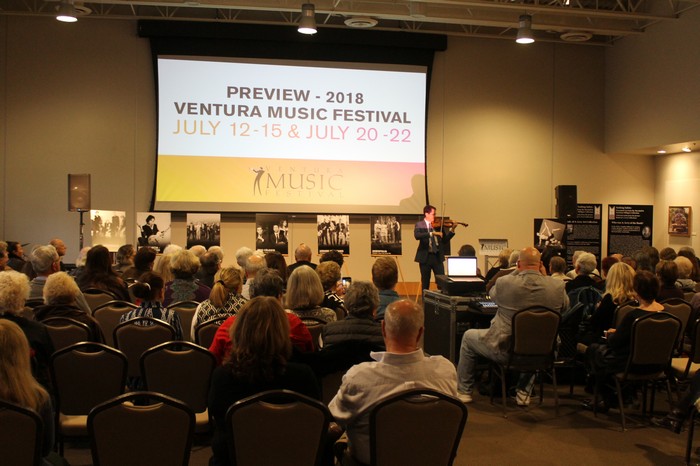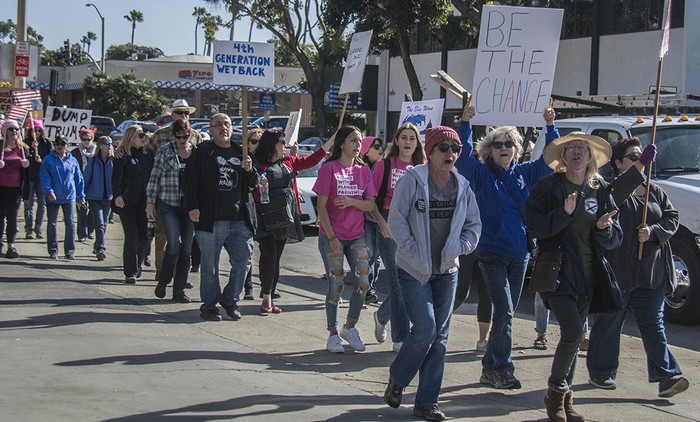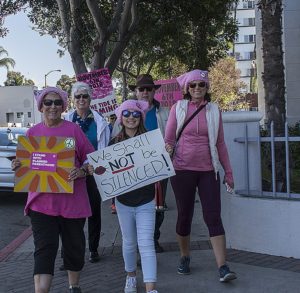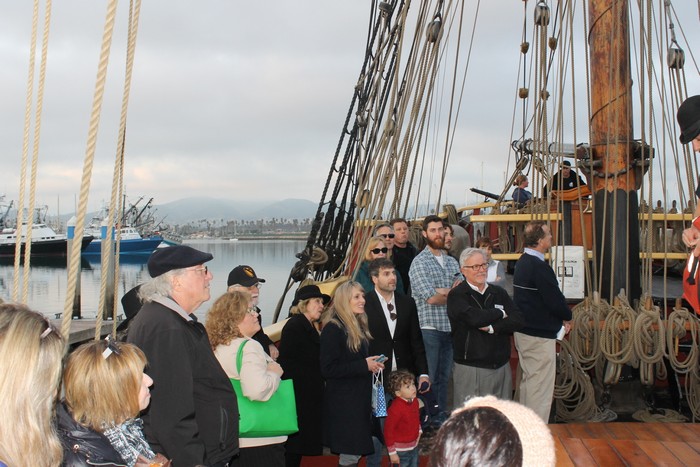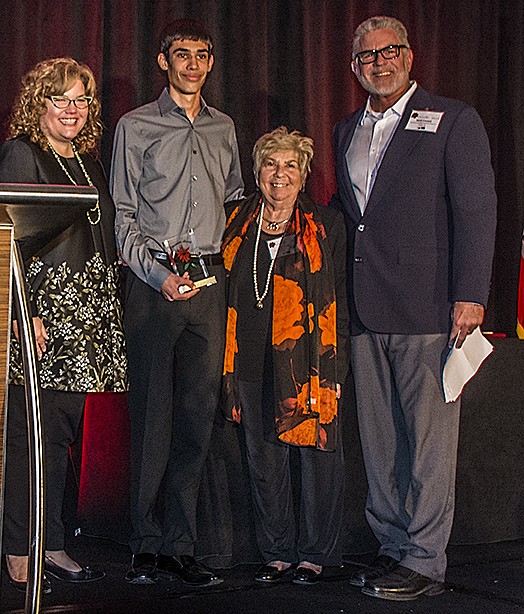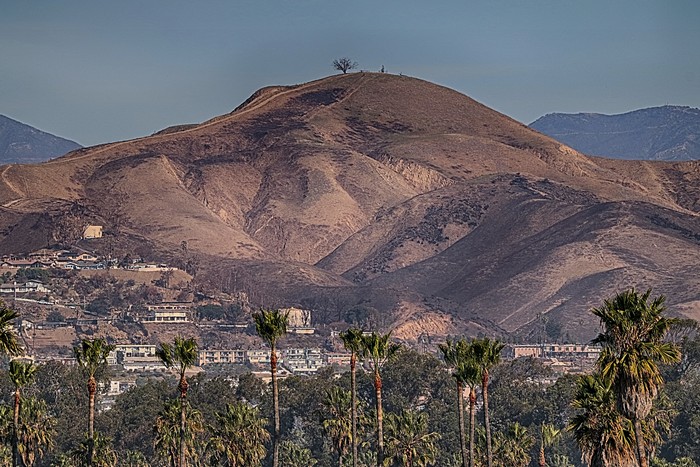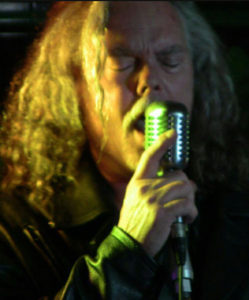Nuvi gave a short violin recital prior to speaking about this year’s VMF.
On Tuesday, January 23 Nuvi Mehta, the VMF Janet & Mark L. Goldenson Artistic Director, introduced the large audience gathered at the Museum of Ventura County to the artists appearing at the 2018 Ventura Music Festival. He was assisted by Executive Director Susan Scott. Refreshments and entertainment were provided at the free event.
THE VMF reminds all that “The fires have left members of the Festival staff along with numerous friends and neighbors in need of basic resources like food, clothing and shelter. Many people and organizations are rallying to meet those needs and, in time, they will be met.”
“We are reminded that music is also an important healing tool after a disaster because of its ability to help people process emotions and because in many ways music is a community activity. Thus we look forward to presenting a special free “Concert for Ventura” to continue the healing through music, to thank first responders, to solace those who have lost so much and to celebrate the best in our community as we come together to listen and share the experience.”
Each year, the Ventura Music Festival fills venues across the city with top-tier music for two weekends of multi-genre music, dance performances and world-class culture. This summer, the festival is returning with a lineup that promises to be bigger and better than ever. In the hands of renowned conductor Nuvi Mehta, the 2018 musical lineup consists of:
American Gypsy Jazz featuring star guitarist John Jorgenson at the historic Olivas Adobe
Latin Grammy-winner and “fire breathing guitar hero” vocalist and composer Diego Garcia (“El Twanguero”) alongside his trio at the Ventura College Performing Arts Center
“Rollicking, multi-lingual, around-the-world musical adventure” and festival headliner Pink Martini at the Oxnard PACC
Dynamic classic music ensemble Trio Céleste at the Ventura College Performing Arts Center
Celebrated and imaginative Akropolis Reed Quintet at the Ventura College Performing Arts Center
Stunning singer-songwriter Perla Batalla will present her “Frida Kahlo song cycle”, inspired by the works of Kahlo and Diego Rivera at the Ventura College Performing Arts Center
Pas de deux series depicting the ups, downs and sideways of relationships – Malashock Dance at the Ventura College Performing Arts Center
Additionally, the festival will host a “Tea & Trumpets” at the Ventura Pierpont Inn
As well as a free public concert with electrifying mariachi-meets-American classics ensemble Jarabe Mexicano at Mission Park.
On Sunday, February 25th, 3:00 to 4:30 pm a feel good free Concert For Ventura will be presented.
The line-up includes jazz fusion all-stars Tom Scott & the LA Express, sublime singer-songwriter Perla Batalla, VMF’s Nuvi Mehta, and additional guest artists in process. Downtown venue to be confirmed.
Since 1994, the mission of the Ventura Music Festival has been to bring world-class music to the community, build audience-Festival and audience-artist relationships, and enhance the joy of music through diverse education offerings for all ages. For more information, please visit www.venturamusicfestival.org or call 648-3146. Tickets go on sale April 16.
 Dorothy Hunter
Dorothy Hunter